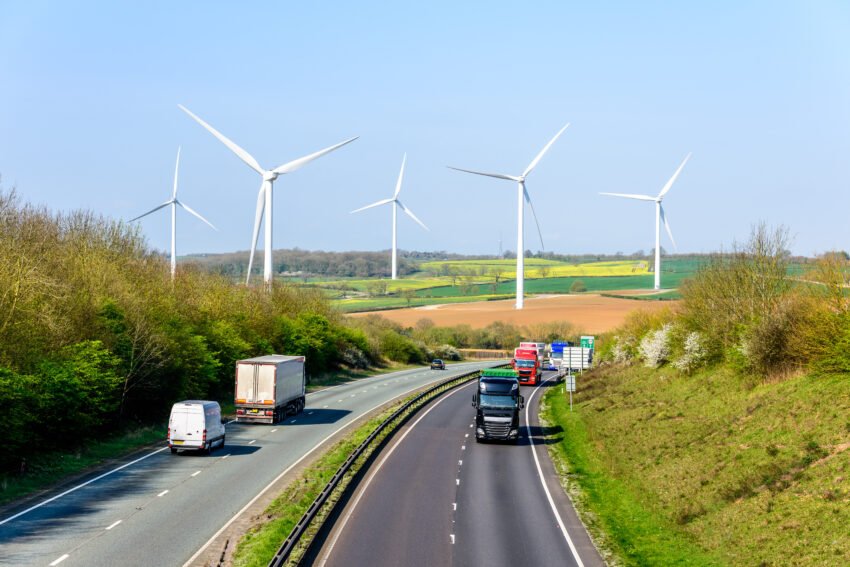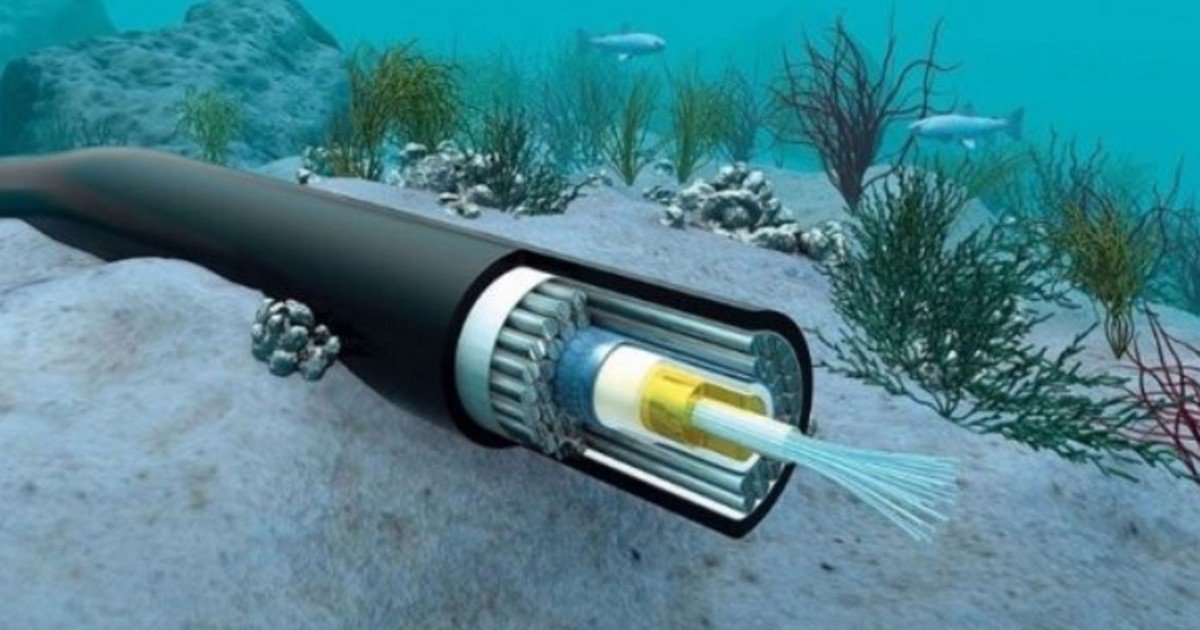Chinese investment in Europe is rebounding, with €10 billion committed to new projects in 2024. This marks the first increase since 2016, according to a report by the Mercator Institute for China Studies (MERICS) in collaboration with the Rhodium Group. Analysts noted a 47% rise in Chinese foreign direct investment (FDI) in the European Union and the United Kingdom compared to the historic low of 2023.
While €10 billion is significantly lower than the €50 billion peak in 2016, it signals a shift in investment trends. Major acquisitions have contributed to this upswing, including Tencent’s involvement in the Polish video game market, Haier’s acquisition of a refrigeration company in the Netherlands, and AAC’s investment in Belgium’s acoustic technology sector. Additionally, greenfield investments, which are new plant constructions, reached a record €5.9 billion, indicating a strong focus on establishing new facilities.
The electric vehicle (EV) sector is the primary driver of this investment growth, with Hungary emerging as a key hub for Chinese EV manufacturing. In 2024, over half of the Chinese FDI in Europe, accounting for €5.2 billion, was directed towards the automotive industry, particularly EV-related projects. Out of this, €4.9 billion was specifically allocated to greenfield projects, making up 83% of all new investments in European facilities.
Despite the surge, there is a notable decline in the number of new Chinese EV projects announced, with a 79% drop over the past year. Plans for battery plants by Svolt Energy in Germany and Nuode in Belgium were canceled, and a proposed factory by Putailai in Sweden was blocked. However, several high-value projects, such as CATL’s upcoming €7.3 billion gigafactory in Hungary, are still in the pipeline.
The geography of Chinese investment has shifted dramatically. Previously, most investment flowed to developed markets; however, 64% now targets emerging markets, particularly in Asia. Investment in the United States has fallen to just 4% of China’s total outward FDI, approximately €2 billion. In Europe, Eastern countries, especially Hungary, are now the primary destinations for Chinese capital, attracting 31% of all new investments in 2024.
CATL leads this investment wave, being the largest Chinese investor in Europe for five consecutive years and responsible for 16% of all Chinese FDI on the continent in 2024. Other major players include Gotion, Envision, and Geely, all focused on battery manufacturing. Notably, Tencent remains the only major investor outside the EV sector.
The influx of Chinese investment could provide economic benefits, including job creation and technology transfer. However, EU member states express caution, concerned that these investments might be limited to assembly operations that do not significantly contribute to local economies. Data indicates that initial operations at facilities like BYD and CATL often rely on components from China, although there is evidence of decreasing dependence over time as local supply chains develop.
Looking ahead, the MERICS report suggests a potential slowdown in Chinese investment in the EV sector. This is based on the current growth being largely attributed to the construction of new facilities and the uncertain demand for electric vehicles in Europe. Other sectors, such as media and information technology, could gain attention, while renewable energy projects, particularly in wind and hydrogen, may also see increased interest. In 2024, a dozen Chinese renewable energy initiatives were announced, although they remain in early stages and face scrutiny over security and regulatory issues.
Overall, while 2025 may continue the upward trend of Chinese investment in Europe, future directions remain uncertain amid evolving geopolitical dynamics and economic challenges.




